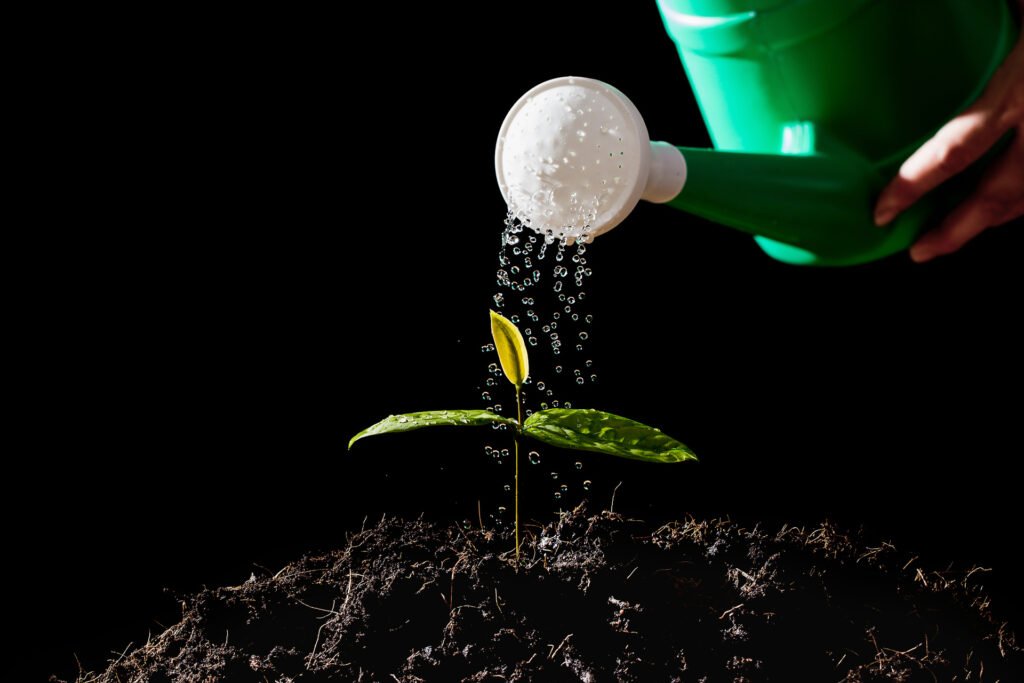Sustainable living is not just an abstract concept for me; it’s a lifestyle that I’ve embraced in my daily routine. In my quest to create a green smart home, I’ve found that integrating practical water conservation strategies is key to achieving a sustainable household. Over the years, I’ve incorporated various smart solutions—from installing efficient low-flow showerheads and faucets to setting up a rainwater harvesting system for gardening. These simple changes have not only reduced my water consumption but have also lowered my utility bills. Water conservation is a critical aspect of sustainable living, especially in our current era, where climate change and dwindling natural resources are pressing concerns. A green home isn’t just about reducing carbon emissions; it’s also about managing water resources responsibly. By sharing my journey and the practical steps I’ve taken, I hope to inspire others to adopt these essential water-saving strategies, contributing to a greener, more sustainable future. This article delves into smart solutions and strategies that you can implement in your own home to conserve water.
Understanding the Importance of Water Conservation
Water is a precious resource essential for life, agriculture, industry, and the environment. However, there is a limited supply of fresh water. Despite covering about 71% of the Earth’s surface, 97% of this water is saltwater, leaving only about 2.5% as freshwater. Of this, less than 1% is available for human use, as 2% remains trapped in ice. With the global population on the rise and urbanization intensifying, the demand for freshwater is increasing, making water conservation efforts more crucial than ever.
Sources of Our Drinking Water
Water undergoes a continuous cycle from the earth to the atmosphere and back, known as the water cycle. Our tap water is sourced mainly from two key locations:
1. Groundwater from underground aquifers: This water is filtered through sand and rock and requires minimal treatment when pumped to the surface.
2. Surface water from streams, rivers, or lakes: This water needs filtration to remove silt, sand, and organic matter accumulated during its journey. People often add chemicals to speed up the natural cleaning process.
Whether sourced from local supplies or underground wells, all water delivered to homes is potable, including the water used for toilets and laundry. Reducing household water demand not only lowers treatment costs but also minimizes the impact on natural water sources like lakes, rivers, and aquifers. For those relying on independent wells, reducing the strain on groundwater sources is vital for preventing pollution and maintaining high water quality.
Why does Water Conservation Matter?
1. Environmental Impact
Over-extraction of water can lead to habitat destruction, loss of biodiversity, and ecosystem degradation. Water conservation helps maintain a natural balance.
2. Economic Benefits
Reducing water consumption lowers utility bills and can save money on both water and energy costs.
3. Sustainability
Conserving water ensures its availability for future generations, promoting long-term sustainability.
4. Climate Change Mitigation
Efficient water use reduces the energy required for water treatment and distribution, thereby lowering greenhouse gas emissions.
Assessing Your Water Footprint
Before implementing conservation strategies, it’s essential to understand your water footprint. A water footprint calculates the total water usage by an individual, household, or organization. You can use various online tools and calculators to estimate your water footprint, which will allow you to identify areas where water use can be reduced.
Comprehensive Water Conservation Tips for Green Smart Living
Embracing green smart living involves making mindful choices that positively affect both the environment and our daily lives. In my journey, I’ve found that thoughtful water conservation practices, especially in drinking, cooking, and outdoor activities, are essential to creating a sustainable home. By adopting these practical tips, you can reduce water consumption, save money, and contribute to a greener planet—all while enhancing your everyday life.
· Indoor Water Conservation
1. Efficient Fixtures and Appliances
· Low-Flow Showerheads and Faucets: Install low-flow showerheads and faucet aerators to reduce water flow without compromising performance. These fixtures have the potential to lower water consumption by as much as 60%. Add a restricting washer in showerheads to further decrease water flow. These options are frequently more budget-friendly than many might expect.
· Avoid Power Showers: Power showers can use up to 25 liters of water per minute, which means a 5-minute shower can consume as much water as a bath. Power showers can sometimes consume up to 125 liters of water in under five minutes.
· Use Water-Efficient Appliances: When purchasing new water-using appliances, such as washing machines or dishwashers, look for water-efficient models. Opt for appliances with a Water-Saving A rating.
· Dual-Flush Toilets: Upgrade to dual-flush toilets, which offer two flush options: full and half. Install a water-saving device in your toilet cistern to adjust water usage according to the type of waste, helping to conserve water efficiently. Ensure your toilet is compatible with a water-saving device before installation. Consider reaching out to your local authority about the ‘Hippo’ Water Saver—a simple, effective device that can help you conserve up to 3.5 liters of water with every flush. Using the half flush when appropriate can save a family of four over 36,000 liters of water annually.
· Energy Star Appliances: Choose Energy Star-rated dishwashers and washing machines, which use less water and energy.
2. Smart Leak Detection
Leaks are a major source of water waste. Smart leak detection systems use sensors and connected devices to monitor water flow and alert you to leaks in real-time. Some advanced systems can even shut off the water supply when a leak is detected. Check your toilet cistern regularly for leaks, as a leaking cistern can waste up to 16,000 liters of water each year, significantly increasing your water usage and bills.
3. Behavioral Changes
Kitchen and Cleaning Habits:
· Use a basin to rinse and clean your fruits and vegetables.
· Avoid pouring grease, fat, or cooking oil down the drains.
· Use the sink to wash smaller loads of dishes instead of letting the tap run.
· Fill your kettle with just the amount of water you need to avoid wasting.
· Invest in a ‘Green Cleaning Kit’ with essentials like baking soda, vinegar, and lemon.
· Avoid washing dishes or vegetables under running water; instead, use a basin or bowl to save water. Instead, use a bowl, which uses less water than filling the sink or washing them under a running tap.
· Familiarize yourself with how to shut off your water supply to prevent waste during leaks or emergencies. This can save thousands of liters of water and prevent damage to your home in case of a pipe burst.
Dishwasher and Laundry Tips:
· Operate dishwashers and washing machines only when they are fully loaded to optimize water efficiency, helping you save on water, detergent, and energy costs.
· For smaller loads, wash dishes by hand, or wait until your dishwasher is full to run a cycle for maximum water and energy conservation.
· Use the economy cycle on your dishwasher and washing machine.
Drinking Water and Cooking Tips
· Chilled Water Without Waste: Instead of running the tap until the water is cold, fill a covered jug and store it in the fridge. This not only provides you with cool water on demand but also reduces water waste.
· Efficient Kettle Usage: When making hot drinks, fill the kettle with only the amount of water you need. This saves both water and energy, making your morning routine more eco-friendly.
· Reuse Household Water: Don’t let leftover water go to waste. Pour unfinished glasses of water into your houseplants or garden to nourish them without using extra water.
· Steam Over Boil: Steam your vegetables instead of boiling them. This method uses less water and keeps more vitamins and minerals in your food. If you boil vegetables, reuse the water as a nutrient-rich stock for soups or stews.
· Minimize Dishwashing: Designate one glass for drinking water each day. This simple habit reduces the number of dishes you need to wash, saving water and time.
Bathroom and Shower Habits
· Short Shower Time: Reduce your shower time by a few minutes. A 4-minute shower suffices to get clean while saving gallons of water. Use a clock or a song to time your showers.
· Opt for Showers Over Baths: Take showers instead of baths. While a bath can use up to 80 liters of water, a shower can use as little as 30 liters, depending on its duration. Be cautious with power showers, as they can consume more water than an average bath.
· Turn Off Taps: Turn off the tap while brushing your teeth or washing dishes. This simple habit can save a significant amount of water daily.
· Conserve with Toilet Flushing: Place a brick or a plastic water bottle in the toilet cistern to save water on every flush. Only flush the toilet when necessary, as the average toilet uses 7 to 14 liters of water per flush.
· Outdoor Water Conservation Strategies
1. Smart Irrigation Systems
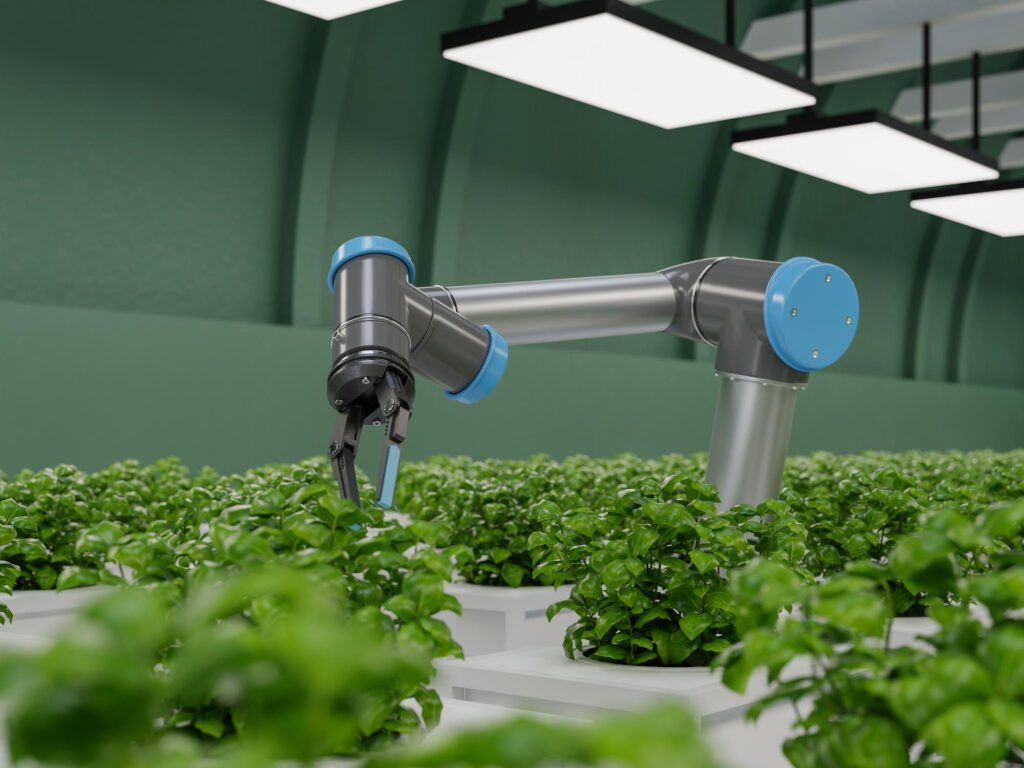
Implement smart irrigation systems that use weather data, soil moisture sensors, and automated controllers to optimize watering schedules. These systems ensure your garden gets the right amount of water at the right time, minimizing waste.
2. Drought-Tolerant Landscaping
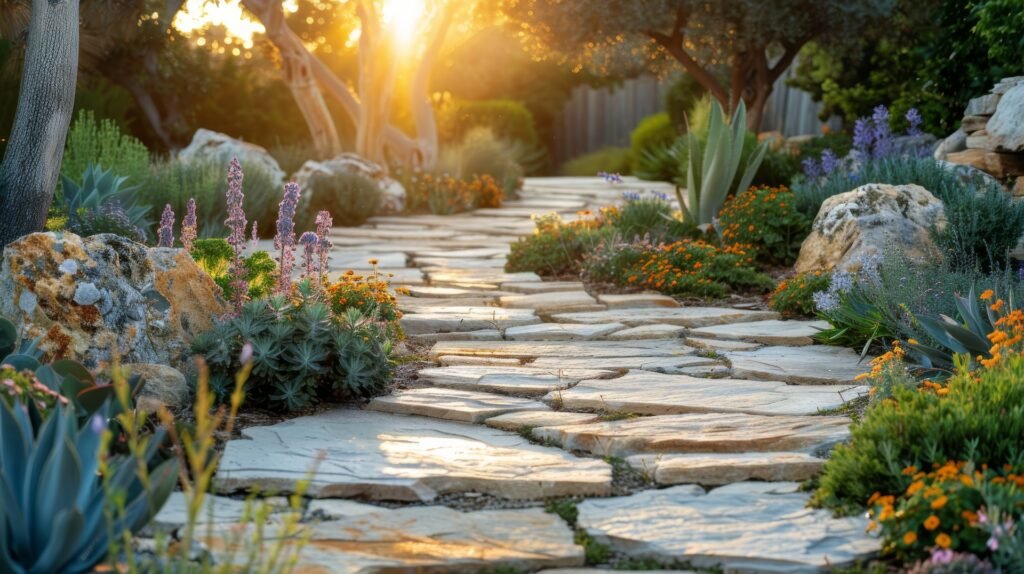
· Xeriscaping: Design your landscape with drought-resistant plants to reduce the need for frequent watering.
· Mulching: Apply mulch around plants to keep soil moisture, suppress weeds, and improve soil health, reducing the need for watering.
· Native Plants: Choose native plants adapted to your local climate, as they require less water and are more resilient.
3. Rainwater Harvesting
Collect and store rainwater for later use in rain barrels, cisterns, or integrated home systems. Harvested rainwater is perfect for irrigation, flushing toilets, and washing clothes. Collect rainwater from your roof and downspouts in a water butt or bucket to wash your car and water your plants. Rainwater is more natural for watering plants than piped water.
Practical Outdoor Water-Saving Tips
· Car Washing: Using a hose to wash your car can waste up to 300 liters of water, the same as 33 buckets. Opt for a bucket and sponge instead and consider washing your car on the lawn to water your grass at the same time. For extra fun, wash your car in the rain—it can be an enjoyable activity for kids.
· Weather Check: Before watering your plants, check the weather forecast. It might rain soon, saving you the effort and water.
· Evening Watering: Water plants in the evening to minimize evaporation.
· Hand Watering:
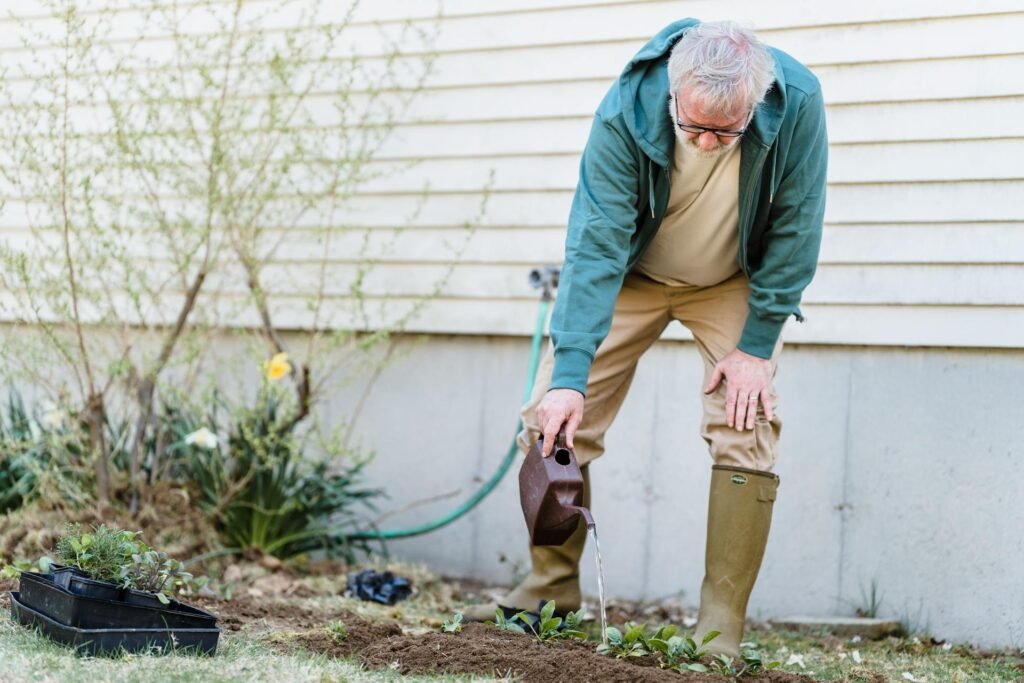
Use a hand-held watering vessel for gardens and hanging baskets, as it uses much less water than a hose. Repurpose water from household tasks, like rinsing vegetables or washing clothes, to further reduce your water usage and save more.
· Sprinkler Use: Avoid using sprinklers, which consume more water in one hour than a family of four uses in a day. Use a watering can instead.
· Paddling Pools: If you use a paddling pool, reuse the water in your garden afterward.
· Driveway Cleaning: Avoid using a hose to wash down your driveway or patio. Sweep up leaves instead. If you must wash the driveway, use a bucket or do it while it’s raining.
· Leak Reporting: Report water leakage from burst pipes as soon as possible.
Plant Watering:
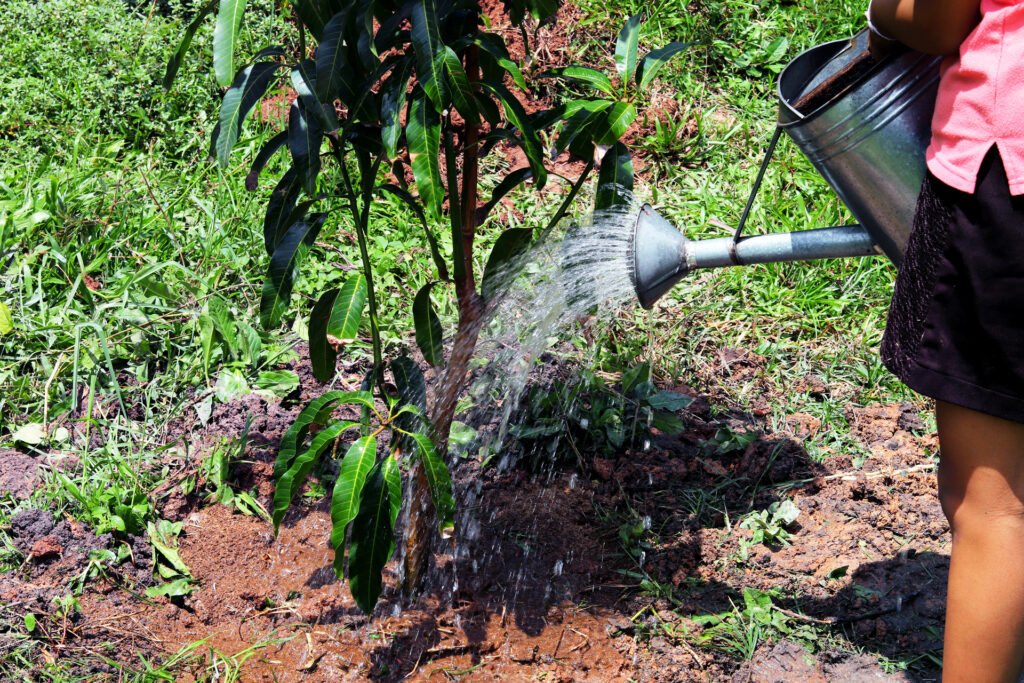
More plants die from over-watering than under-watering. Water plants only when necessary. Place ice cubes under the soil in hanging baskets, planters, and pots to provide cool water and prevent overflow.
Innovative Water Recycling Solutions
1. Grey water Systems
Greywater systems recycle water from sinks, showers, and washing machines for non-potable uses like irrigation and toilet flushing. These systems reduce the demand for fresh water and decrease the amount of wastewater entering the sewer system.
2. Onsite Wastewater Treatment
Onsite wastewater treatment systems treat and recycle wastewater from your home. You can reuse treated water for irrigation and other non-potable purposes, which reduces reliance on municipal water supplies.
Technology and Water Management
1. Smart Home Integration
Integrate water conservation measures with your smart home system for better control and monitoring. Smart home hubs can control your irrigation systems, leak detectors, and water usage monitors, giving you the ability to track and adjust your water consumption for greater efficiency.
2. Water Usage Monitoring
Install water usage monitors to track real-time water consumption. These devices provide insights into your water use patterns, help identify leaks, and suggest ways to improve efficiency.
Community and Policy Involvement
1. Advocacy and Education
Get involved in community efforts to promote water conservation. Spread awareness about the importance of water-saving practices and encourage others to adopt them, while also supporting policies that promote sustainable water management.
2. Water-Efficient Building Codes
Support implementing building codes and standards that require water-efficient fixtures and practices. Implementing these codes can significantly reduce water consumption across entire communities.
Case Studies and Success Stories
1. Homeowner Success Stories
Explore case studies of homeowners who have implemented water conservation strategies. These examples offer valuable tips and motivation to enhance your water conservation efforts.
2. Community Projects
Highlight successful community projects focused on water conservation. These projects show the impact of collective action and can serve as a model for other communities.
Overcoming Challenges
1. Initial Costs
While some water-saving technologies and systems may have a high initial cost, the long-term savings on water and energy bills often justify the investment. Look for rebates and incentives offered by local governments and utilities to offset initial expenses.
2. Maintenance and Upkeep
Regular maintenance of water-saving fixtures and systems is crucial for their effectiveness. Establish a maintenance schedule to ensure all devices function and address any issues.
Future Trends in Water Conservation
1. Advanced Water Treatment Technologies
Emerging technologies in water treatment, such as advanced filtration and desalination, offer additional sources of clean water and improve the efficiency of existing water use.
2. Innovative Conservation Products
Monitor the market for new water-saving products and solutions. Advancements in smart home tech, sustainable landscaping, and water management are constantly evolving, providing new opportunities to save water.
Water conservation is essential for creating a greener, more sustainable home. By adopting smart solutions and key strategies, you can reduce your water footprint, save money, and contribute to a healthier environment. From installing efficient fixtures and smart irrigation systems to making behavioral changes and getting involved in your community, every effort helps in the quest for water sustainability. Embrace these strategies and be part of the solution for a more water-conscious world.
This article offers an in-depth guide to essential water-saving strategies for creating an eco-friendlier home. It covers various aspects, including indoor and outdoor water-saving techniques, innovative recycling solutions, smart home integration, and community involvement, offering practical tips and insights to help readers make their homes more sustainable.

